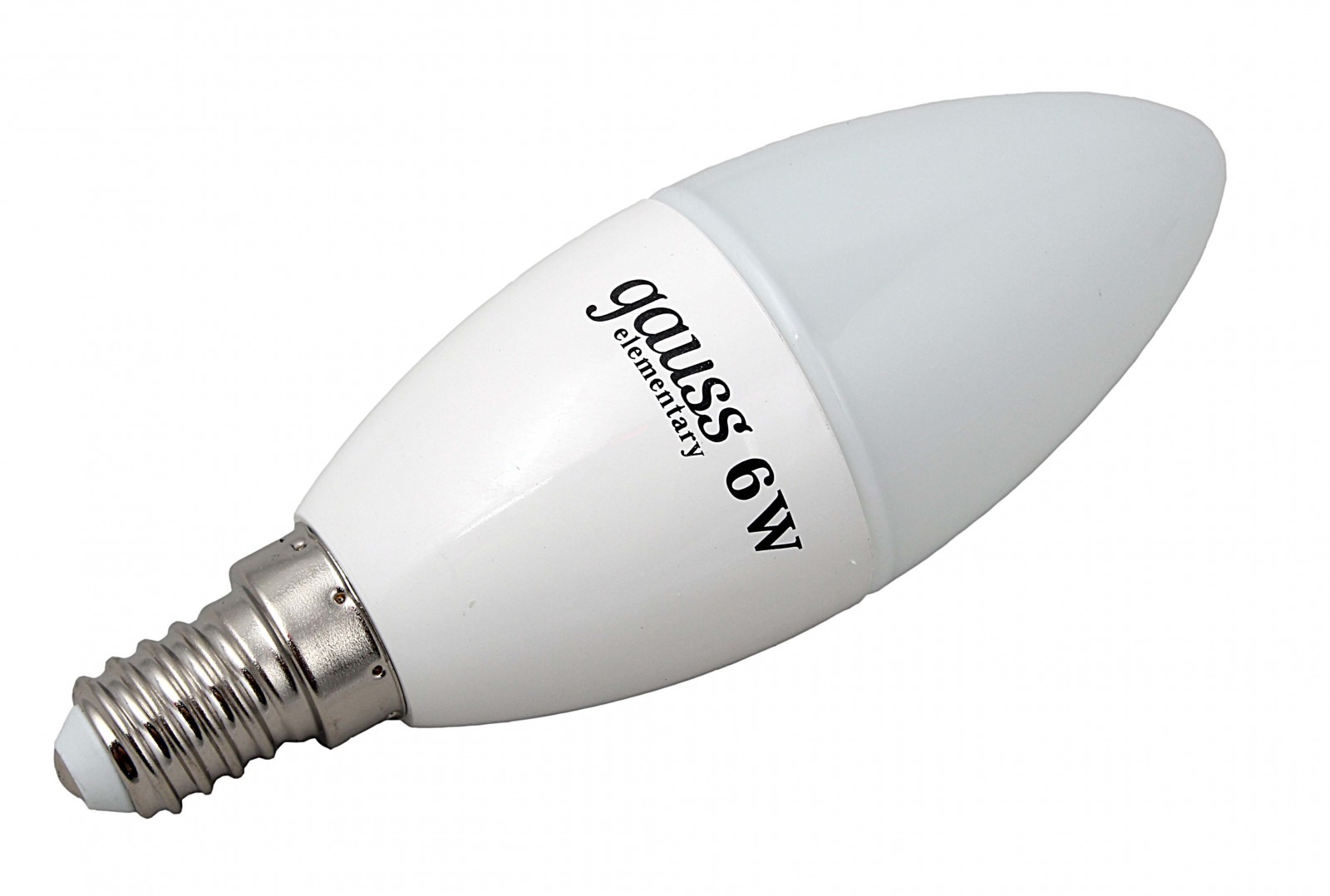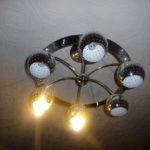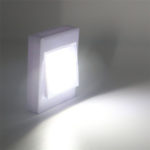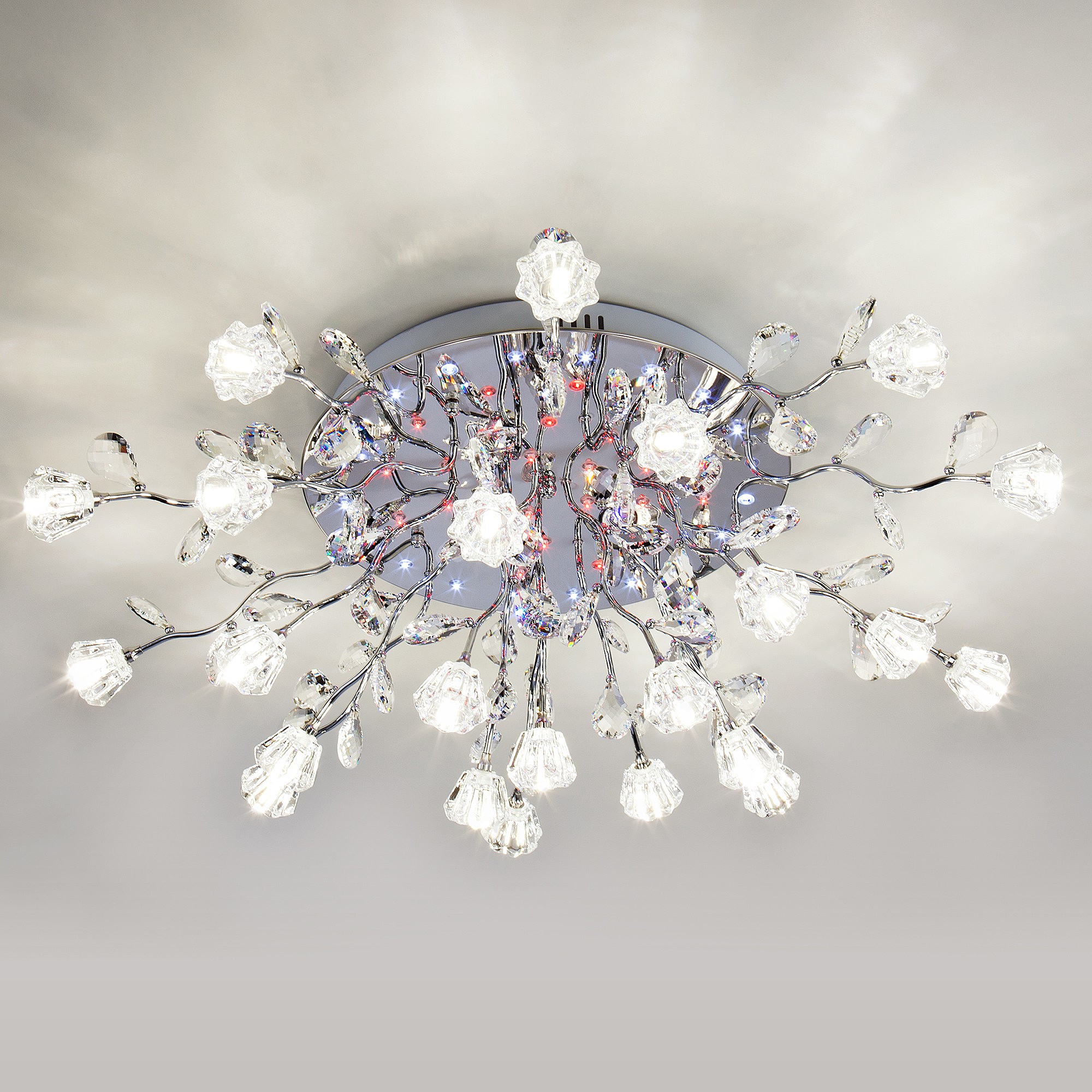Why do light bulbs in a chandelier explode when turned on?
Surely everyone has at least once encountered a situation when, when turning on the light, the light bulbs in a chandelier/lamp/some other lighting device explode for some reason. Quite an annoying phenomenon, especially when there is no spare light bulb at hand and the stores are already closed. Let's look at some of the most common causes of this problem.

The content of the article
Manufacturing defects and other defects
Perhaps a light bulb was already damaged during production or was subjected to mechanical stress during operation. She could also have been harmed during transportation. These are the most common reasons for both reduced service life and explosions when turned on.
Voltage too high
This problem occurs mainly in new buildings. The reason for this lies in the high voltage of the network, which ordinary incandescent lamps cannot withstand. Separate, new substations are usually connected to new buildings, and power consumers significantly less than in older houses.
To check whether the mains voltage is really too high, you need to check it with a voltmeter. If this is the reason, then one of the possible solutions, but far from a panacea, would be to purchase the so-called “housekeepers", which can withstand a voltage of 240 volts.

A voltage stabilizer is a very good investment.
In general, in a good way, with such voltage in the network it makes sense purchase and install a voltage stabilizer, which, of course, will cost a little more than simply replacing light bulbs. But this maneuver will help protect the existing household appliances, after all, it, too, may, if not explode, then fail. Perhaps the savings will ultimately be quite significant.
Vibration and Vibration
This reason occurs if incandescent lamps. The thing is that they are extremely sensitive to mechanical stress and vibration. From such an impact they are quite capable of burning out and even exploding. Therefore, it is advised to switch to more modern and advanced options that are free of these flaws.

Changes in temperature and humidity
The rarest reason, but it also occurs. In the case of a serious difference in temperature, the reason lies in excess pressure, which appears inside the flask, resulting in the explosion of the light bulb. If the contacts in the cartridge become damp, then the current in the circuit increases, up to a short circuit. If you switch to more modern lamps that are resistant to both temperature changes and too high voltage in the network, the first problem can somehow be circumvented. But if the problem is that the contacts are damp, this is much worse, and you won’t be able to get away with a simple replacement.

LED lamp
Today the most promising are LED lamps. Firstly, they are more durable than incandescent lamps, and secondly, they are many times more economical in terms of power supply. They are, of course, more expensive, but in the long run they fully pay for themselves. In addition, sellers usually give them at least a one-year warranty.
“... In general, in an amicable way, with such voltage in the network, it makes sense to purchase and install a voltage stabilizer, which, of course, will cost a little more than simply replacing light bulbs. But this maneuver will help protect the household appliances in the house, because they, too, can, if not explode, then fail. Perhaps the savings will ultimately be quite significant.” - dead end path. Following it, when buying bad sausage, you should buy a sausage shop! There are GOSTs for the quality of electricity supplied to you, so go to your network organization and demand that everything be brought back to normal.
And what does the number of consumers at the substation and voltage have to do with it? =) I still understand the connection between the number and undervoltage, with insufficient power.
I'll tell you a secret =) All transformers have voltage regulators. In cities where the load changes throughout the day, this is usually an on-load tap-changer device, that is, “Regulation Under Voltage” - switching occurs automatically, and with working equipment and power consumption within operating limits, with a permissible short-term overload, the voltage is maintained in the permissible range, no matter one and a thousand light bulbs are on.
Light bulbs burn out due to switching overvoltages that occur when the state of the network changes, in this case, supplying voltage to the switch-light bulb circuit; the overvoltage can reach a thousand or more volts. There is a vacuum in an incandescent light bulb, not excess pressure, and rather a sharp change in the difference in pressure leads to damage to the glass bulb of the incandescent lamp - an explosion.






All nonsense about humidity and temperature. Incandescent lamps most often die precisely at the moment of switching on due to the inrush current of the cold filament, which is several times higher than the rated current.